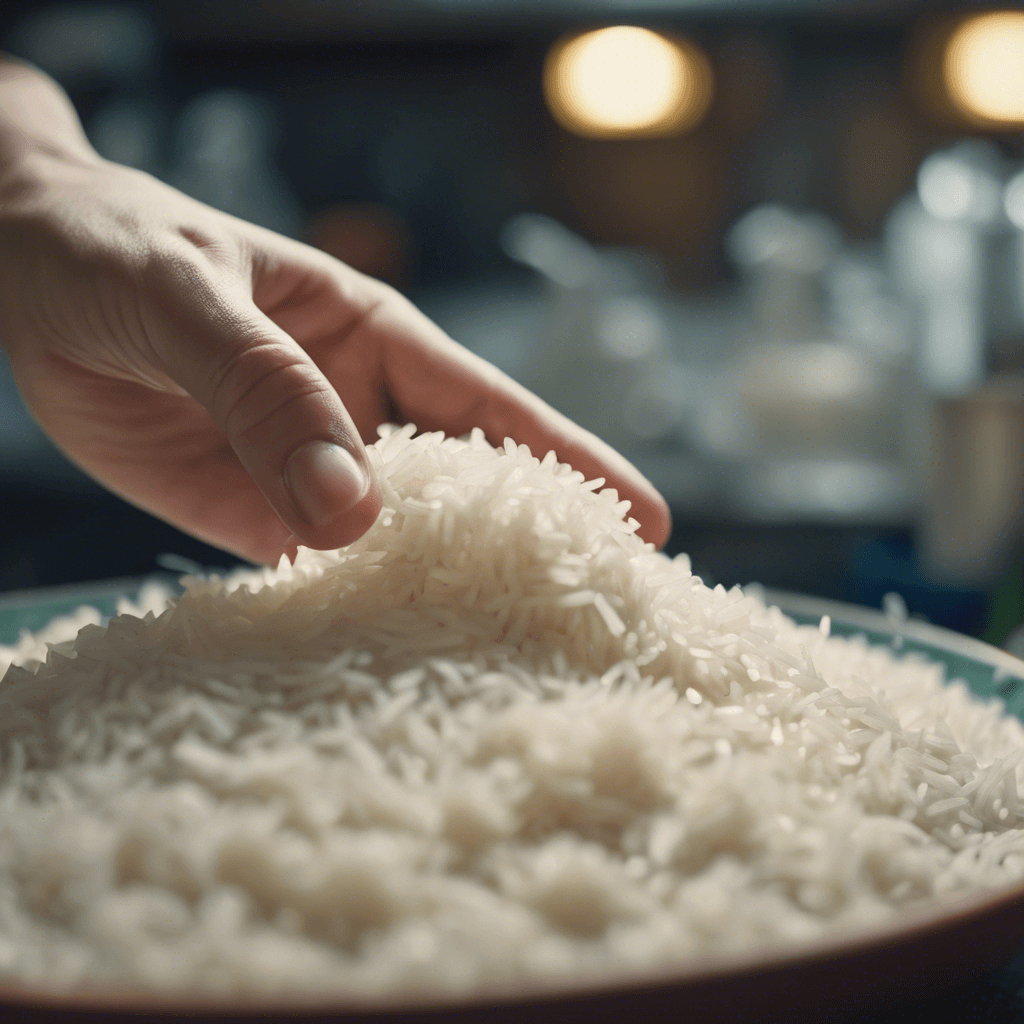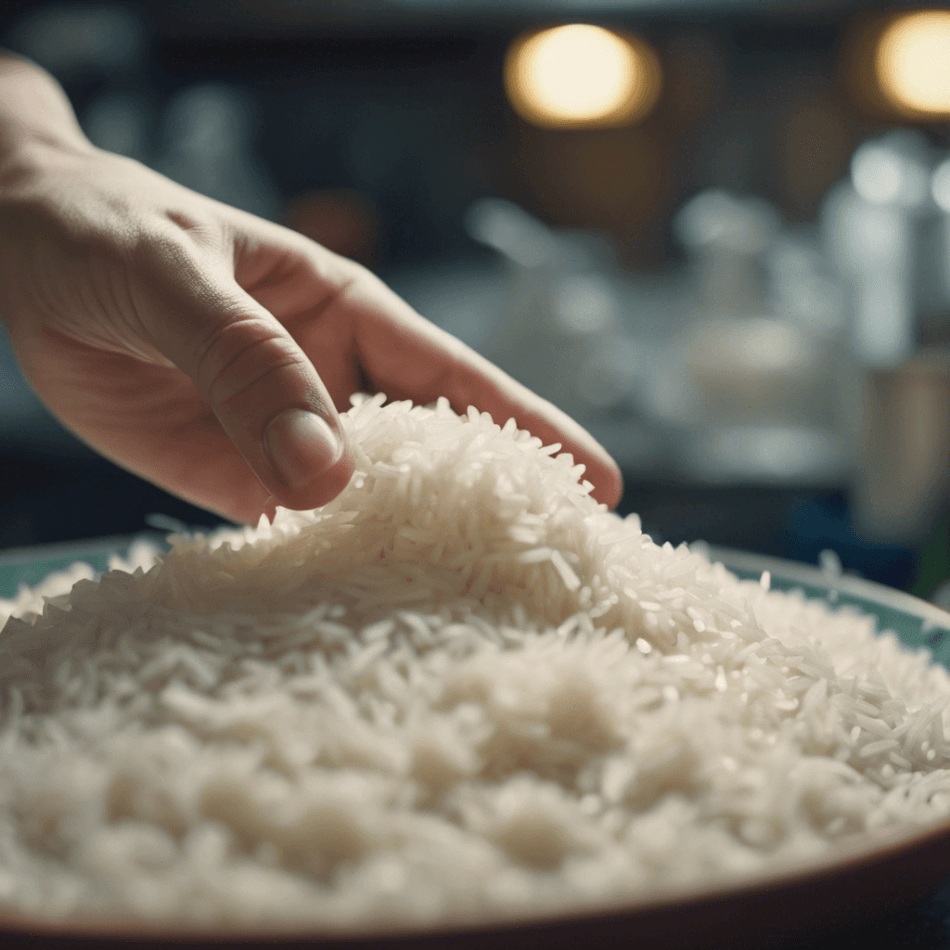Why Remove Starch from Rice? Rice is a staple food in many cultures around the […]
Why Remove Starch from Rice?
Rice is a staple food in many cultures around the world. It is versatile, easy to cook, and pairs well with a variety of dishes. However, rice can be high in starch, which may not be ideal for everyone’s dietary needs. Removing starch from rice can have several benefits, including improved digestion, better blood sugar control, and lower calorie intake. Follow through to learn how to remove starch from rice, and make sure to watch the video too, to see how it is done.
The Advantages and Disadvantages
Removing starch from rice has its advantages, but it also comes with a few disadvantages. Let’s take a closer look at both sides:
Advantages
- Better Digestion: Starch can be difficult to digest for some individuals, leading to bloating, gas, and discomfort. Removing starch from rice can make it easier on the digestive system, promoting better digestion and reducing digestive issues.
- Blood Sugar Control: Starchy foods can cause a spike in blood sugar levels, which can be problematic for people with diabetes or those looking to manage their blood sugar levels. By removing starch from rice, you can enjoy a lower glycemic index food that won’t cause a sudden rise in blood sugar levels.
- Weight Management: Starch is a type of carbohydrate that provides calories. By removing starch from rice, you decrease its calorie content. This can be beneficial for weight management or for those who are following a low-calorie diet.
Disadvantages
- Reduced Nutrient Content: While removing starch from rice may have its benefits, it can also result in a loss of nutrients. Starch contains some essential vitamins and minerals, and removing it may decrease the overall nutritional value of the rice.
- Altered Texture: Starch contributes to the texture and consistency of rice. Removing it can result in rice that is less sticky and may have a different mouthfeel.
- Inconvenience: Removing starch from rice requires additional steps and may take longer to prepare. It may not be suitable for those with limited time or who prefer the convenience of regular rice.
How to Remove Starch from Rice
If you’ve decided that removing starch from rice is right for you, here are a few methods you can try:
1. Soaking Method:
– Rinse the rice thoroughly under cold water to remove loose starch.
– Place the rinsed rice in a bowl and cover it with water.
– Soak the rice for at least 30 minutes, but preferably up to 24 hours.
– Drain the soaked rice and cook it as usual.
2. Boiling Method:
– Rinse the rice under cold water to remove loose starch.
– Place the rinsed rice in a pot and add water.
– Bring the water to a boil and let it simmer for 2-3 minutes.
– Drain the rice and rinse it under cold water.
– Cook the rinsed rice as usual.
3. Cooking and Draining Method:
– Rinse the rice under cold water to remove loose starch.
– Place the rinsed rice in a pot and add water.
– Bring the water to a boil and let it cook for a few minutes.
– Drain the rice using a fine-mesh colander or sieve.
– Rinse the drained rice under cold water.
– Cook the rinsed rice as usual.
Who Should Remove Starch from Rice?
Removing starch from rice is not necessary for everyone. It may be beneficial for individuals who are looking to manage their blood sugar levels, improve digestion, or reduce calorie intake. If you have diabetes, digestive issues, or are following a low-calorie diet, removing starch from rice could be a suitable option for you.
However, it’s important to note that removing starch from rice may result in a loss of some essential nutrients. If you rely on rice as a significant source of nutrition, it’s advisable to consult a healthcare professional or dietitian before making any changes to your diet.
Remember, there is no one-size-fits-all approach to nutrition, and what works for one person may not work for another. Take into consideration your unique dietary needs and preferences when deciding whether to remove starch from rice.
Removing starch from rice can be a simple and effective way to make it more digestible, reduce its impact on blood sugar levels, and lower calorie intake. Whether you choose to remove starch from rice or not, enjoy this versatile grain in a way that suits your individual health and wellness goals.














